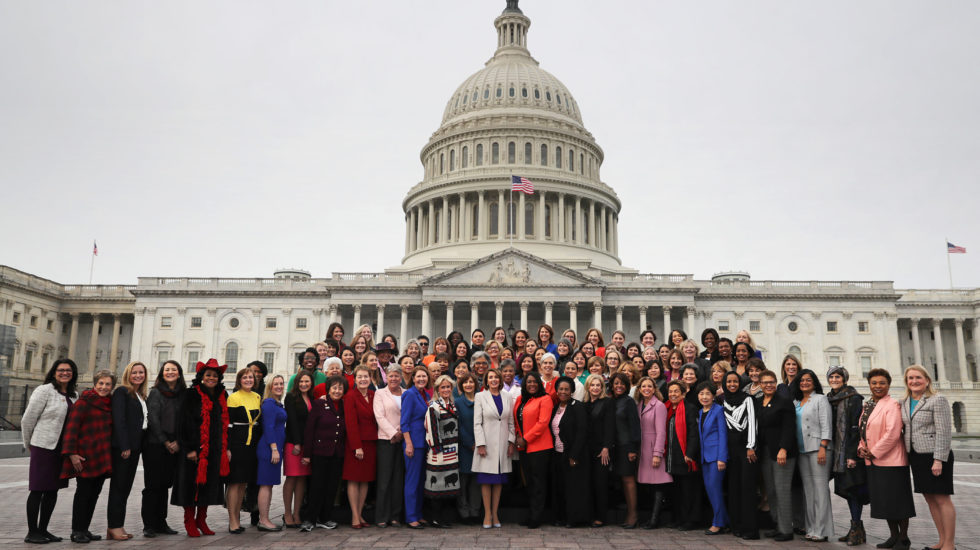This is a guest post from Toni Van Pelt, the president of the National Organization for Women (NOW)
In 1992, the media attributed that year’s election result to “the year of the woman”—because the female composition of the U.S. Senate went from two up to a still woefully inadequate five. (A sixth female Senator, Kay Bailey Hutchison (R-TX) would be elected in a special election the following year). Senator Barbara Mikulski (D-MD) said,”Calling 1992 the Year of the Woman makes it sound like the Year of the Caribou or the Year of the Asparagus. We’re not a fad, a fancy, or a year.”

But for those of us who are campaigning non-stop for women’s rights, it’s always the year of the woman. When the National Organization for Women was founded in 1966, there were about 13 women serving in the 89th Congress. One of our early slogans was “a woman’s place is in the House, and in the Senate too.” Two years later in 1968, a NOW PAC dedicated to electing feminists was formed and along with groups like Emily’s List, we supplied training and funds and urged women to run for office – which they did. In January of 2017 and 2018, women had marched by the millions under rallying cries including, “run for something, anything, everything.”
Fast forward to 2019. There are now 127 women due to serve in the 116th Congress– a new record that includes a diverse class consisting of the youngest women, the first Native American women, and the first Muslim women ever elected to Congress. This is an improvement, but we can still do better. Congress should be more balanced along gender lines, but this is not only about numbers.
We need to get beyond labels and media buzz and focus on why women run for office, what they accomplish when they get there, and why we need more women in public life.
As Axios reports, “while being a woman doesn’t automatically make you electable” the recent midterms show that voters connect with women who “dare to be outspoken” – especially when they speak out about their experiences, values, and priorities that have been marginalized or ignored for far too long. On just about every issue, a male-dominated Congress has been unable to even see our most urgent problems, let alone understand them well enough to pursue solutions.
That’s why we’re so encouraged and excited to see the number of women considering campaigns for president in 2020. History changes in this country when new conversations are introduced into the political dialogue. Marriage equality, for example, used to be a forbidden topic – now, it’s the law of the land. Candidates who proposed raising the minimum wage and Medicare for all were dismissed as radical—now, these positions are more or less mainstream among a huge swath of the electorate.
Speaker Nancy Pelosi and the new Congress – especially the strong women in positions of leadership on the most important congressional committees and subcommittees – are going to show just what progressive, feminist leadership can do.
The tide is turning. History is changing. Power is shifting. And women are going to be in the center of the action – right where we belong.



